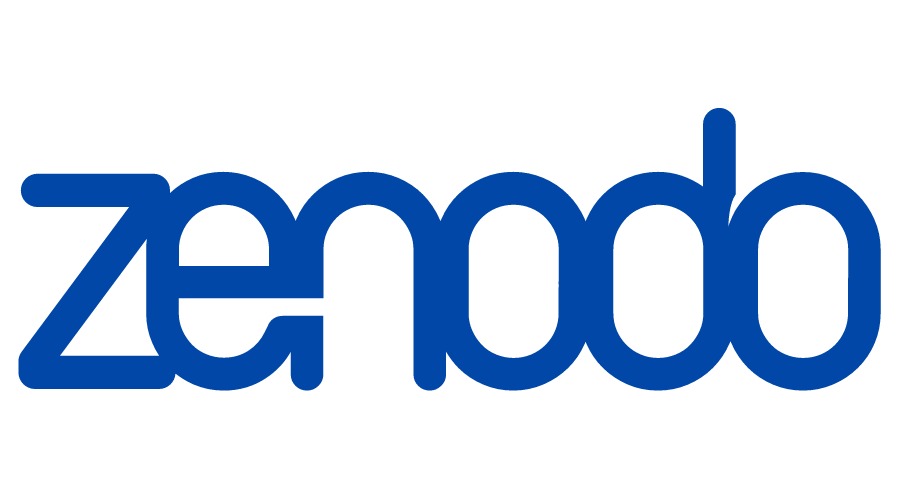International Journal of Contemporary Research In Multidisciplinary, 2025;4(5):425-432
Study of High-Efficient Dye-Sensitized Liquid Phase Photogalvanic Cell Composed with Natural Dye Curcumin, Fructose and Tween 80 Chemicals for Solar Power Generation
Author Name: Rajesh Kumar Lakhera; Dr. Sushil Kumar Yadav;
Paper Type: research paper
Article Information
Abstract:
A photogalvanic cell is a device that converts solar energy into electrical energy by coupling a photosensitizer dye with a redox-active medium. Unlike conventional photovoltaic cells using semiconductors, photogalvanic cells rely on light‑induced chemical reactions in solution to generate current and voltage. The goal of this research work is to utilize a natural dye-based Curcumin-fructose-tween 80 photogalvanic cell to capture and store solar energy. This chemical mixture demonstrated the ability to generate maximum power, with a storage half-life of 130 minutes under artificial, relatively weak illumination of 10.4 mWcm⁻². In this experiment, the recorded values for conversion efficiency, fill factor, output at the power point, open-circuit photopotential, and equilibrium photocurrent were 1.16%, 0.1594, 121.43 μW, 1009 mV, and 755 μA, respectively.
Keywords:
Curcumin, Fructose, Tween 80, Photogalvanic effect, fill factor, conversion efficiency.
How to Cite this Article:
Rajesh Kumar Lakhera,Dr. Sushil Kumar Yadav. Study of High-Efficient Dye-Sensitized Liquid Phase Photogalvanic Cell Composed with Natural Dye Curcumin, Fructose and Tween 80 Chemicals for Solar Power Generation. International Journal of Contemporary Research in Multidisciplinary. 2025: 4(5):425-432
Download PDF


